Branding Solutions
Pad Print

|
Pad printing uses a silicone pad to transfer an image to a product from a laser etched printing plate. It is one of the most popular and affordable ways of branding promotional products due to its ability to reproduce images on uneven or curved products and print multiple colours in a single pass. Pros Cons Artwork Requirements |
Imitation Etch
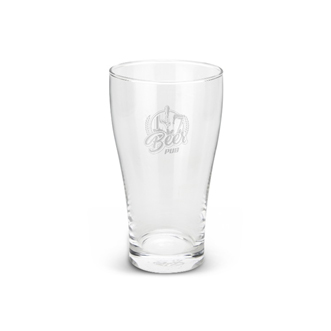
|
Imitation etch is a special pad printing ink used for producing an etch-like effect on glass products. Pros Cons Artwork Requirements |
Digital Print
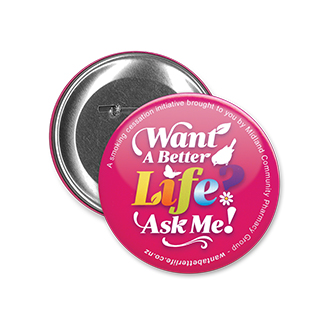
|
This production method is used for printing media such as paper, vinyl and magnetic material used in the manufacture of labels, badges, and fridge magnets etc. This printing process uses CMYK values. Pros Cons Artwork Requirements |
Rotary Digital Print
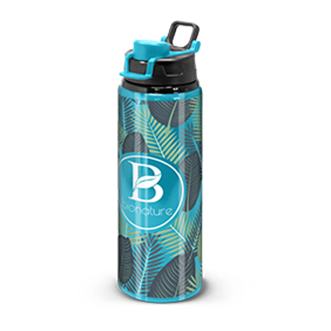
|
Direct to product rotary digital printing involves the transfer of UV ink directly from inkjet print heads and can be used to produce detailed artwork using both closely matched spot colours and full colour branding. Pros Cons Artwork Requirements |
Laser Engraving
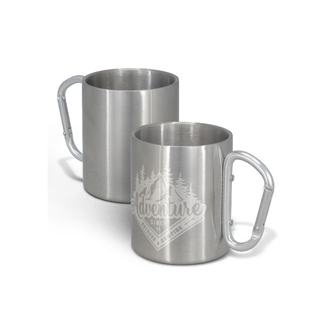
|
Laser engraving is a permanent branding process that engraves artwork into the surface of the product using a laser. Different materials produce different engraving finishes, to avoid uncertainty pre-production samples are recommended. Pros Cons Artwork Requirements |
Digital Label
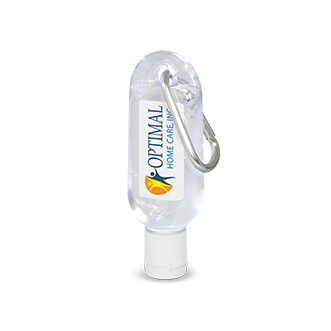
|
Digital adhesive labels are used to brand products that cannot be branded with any other method. They are printed with a digital printing press and applied to the product. Pros Cons Artwork Requirements |
Silicone Digital Print
|
This production method is a CMYK+W digital branding process designed specifically for silicone surfaces. Pros Cons Artwork Requirements |
Rotary Screen Print

|
Rotary Screen Printing is achieved by forcing ink through a fine mesh screen with a squeegee onto the product and is ideal for cylindrical objects. Pros Cons Artwork Requirements |
Resin Coated Finish

|
This CMYK branding process is produced by printing artwork onto a vinyl material with strong adhesive on the reverse. The branded area is then coated with a crystal-clear resin. Once dry, the finished decal is applied to the product and the adhesive forms a permanent bond. Pros Cons Artwork Requirements |
Direct Digital
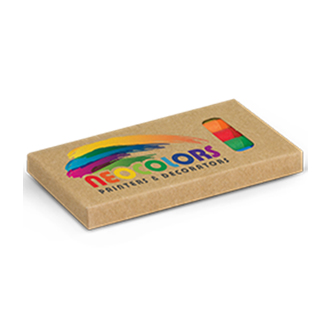
|
Direct digital printing involves the transfer of ink directly from the print heads of an inkjet machine to the product and can be used to produce both full colour and closely matched spot colour branding on flat or slightly curved surfaces. Pros Cons Artwork Requirements |
Screen Print

|
Screen Printing is achieved by forcing ink through a fine mesh screen with a squeegee onto the product and is ideal for branding flat objects. Pros Cons Artwork Requirements |
Sublimation Print – Dye Sublimation
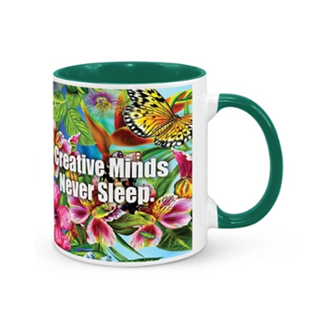
|
Dye sublimation print is used for branding products that have a special coating on them, or fabrics suitable for the sublimation process. A transfer is produced by printing sublimation ink onto transfer paper and then heat pressing it onto the product. Pros Cons Artwork Requirements |
Debossing/ Foiling

| Commonly referred to as ‘Blind’ debossing, a heated custom metal plate is pressed firmly onto the product leaving an impression of the artwork. Thermo debossing is also available on certain products, using additional heat to create a unique and eye-catching two-tone finish. Metallic Foiling can also be added to create an stunning finish.
Pros Cons Artwork Requirements |
APPAREL & CAPS
Digital Transfer
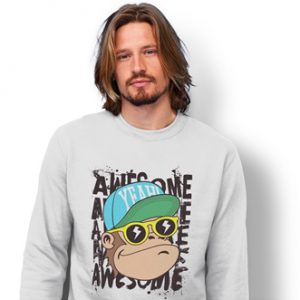
|
Digital transfers are a CMYK+W digital print process, used for branding apparel and fabrics. Pros Cons Artwork Requirements |
Embroidery or Applique

|
Embroidery is an excellent way of branding bags, apparel, and other textile products. It offers higher perceived value and a depth of branding quality which other processes cannot match. Embroidery uses rayon thread which is stitched into the product and has a slightly raised effect. There are many variations of embroider ie. Satin and Fill Stitch, 2 Layer Vintage Applique, 1 Layer Felt applique, 1 Layer Sub applique, 3D Puff Embroidery Pros Cons
Artwork Requirements
|
3D High Density Puff Print
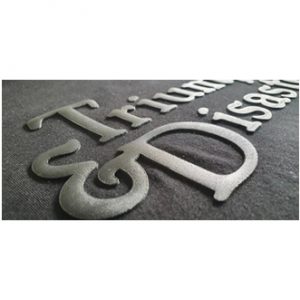
|
To make a design become three dimensional on a shirt, we would use high density screen printing. With this type of printing you can make your design rise off the shirt. High density printing uses a special film that is put on the screen that will make the ink rise. Pros
|
SupaColour
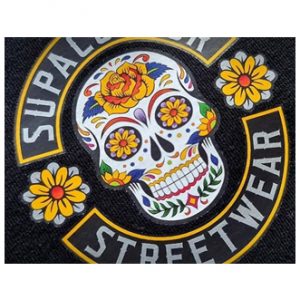
| Supacolour produces a higher quality finish than traditional digital transfers, which will allow all the fine details of your logo to shine. This professional, premium look will wow your customers and breathe new life into your brand. In addition to incredible colour brightness and pixel-sharp images, Supacolour also offers a smoother hand feel than traditional transfers. Supacolour is famously produced with eco-friendly materials that have been ethically sourced and implemented. By celebrating and promoting sustainability, your Supacolour wearables will leave a positive impact on your brand reputation. |
Deco Press Emblems

|
If your garments need that extra something to feel complete, then Deco press clothing emblems provide an increased sense of detail and quality to every item. There are a variety of applications for these high-quality clothing emblems. Applied to a jacket, a deco press emblem can enhance a classic look, or on a hat can be shown off front and centre. Hoodies and sweatshirt designs can be complemented with tasteful application of an emblem to the shoulder, or a bag can be enhanced with a featured patch. On offer is a broad range of designs and finishes. Try the printed style with crisp lines and vivid colours, or alternatively get an etched emblem with dynamic texture and depth. |

